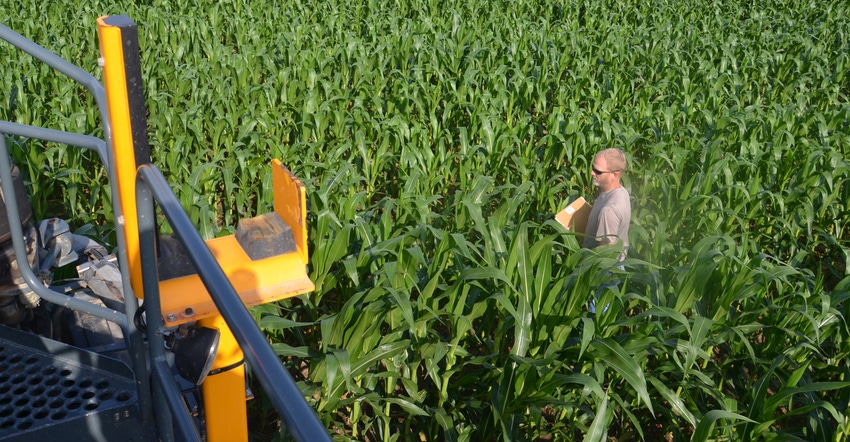December 17, 2018

What the focus of ag research should be is a dilemma as old as the land-grant system. It comes up every time a researcher presents data at a meeting, and farmers in the crowd are using techniques that seem light-years ahead of those used in the research. Does ag research still have value?
Indiana Prairie Farmer says it does, without question. How can you make tough decisions in tight economic times if you don’t have unbiased data to base decisions on? At its core, that’s what ag research is designed to do — provide data instead of opinions.
For example, if you’re deciding what soybean seeding rate to select, there are lots of people with opinions. And opinions can be valuable if the person is honest and basing that opinion on experience, not bias. However, the most valuable piece of information would be hard data from a real-world experiment conducted at various locations over multiple years.
Is that data always available? In the case of soybean seeding rates, there is a fair amount of data from various sources, including Purdue University. However, sometimes data is not available. Maybe the practice you’re interested in hasn’t been tested in replicated plots.
Counter arguments
Some people will tell you that replication isn’t necessary. Some say that in today’s fast-paced world, if it works one year, assume it will work every year and go!
Others argue that researchers are always behind. Maybe you or your neighbors are ready for the “next new thing” while researchers are still testing what you’re already doing. Odds are they’re still testing the product or practice because although it may be working for you, there may not be hard evidence that it will work for everyone every time — rather than being a one-time fluke.
Still others argue that research is no longer unbiased. It’s a fact that many researchers compete for grant money today. Companies hold purse strings on some funds. Just because a company provides money to help answer a question doesn’t mean the research is tainted. Perception may be everything to some, but it’s not always reality. Those who truly believe in the land-grant system do their best to stay objective, even if Company X provides funding.
Could some researchers be more creative and practical in what they study? Perhaps, although most seem in tune with what’s happening on real farms. Some are even doing research on real farms, giving more people insight into how research works, why they do what they do, and why you can believe the results, whether it’s the answer you want or not.
Path to future
Take ag research and researchers out of the future, and the path to true, dependable, defendable answers gets harder to follow. That hardly seems like the right choice when margins are tight, and farmers can least afford to follow unproven practices.
It’s a fine line between the cutting edge and the bleeding edge. Those on the bleeding edge take shots in the dark. Even those on the cutting edge sometimes slip and bleed. They, too, need some sort of compass — hard and fast, defined answers shored up by research.
Let’s hope that’s what ag researchers continue to give us.
Comments? Email [email protected].
You May Also Like




